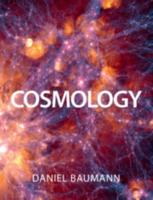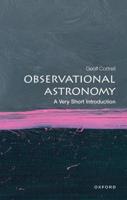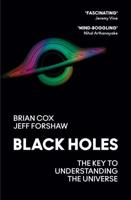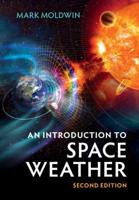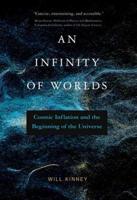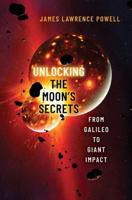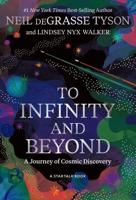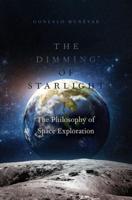Publisher's Synopsis
The stars are suns; past, present, or potential. Each of those diamond points we mark studding the heavens on a winter's night are globes comparable with, and in many cases greatly excelling, our own ruler of the day. The telescope discloses myriads more. Yet these self-confessed denizens of space form but a fraction of its occupants. Quite as near, and perhaps much nearer, are orbs of which most of us have no suspicion. Unimpressing our senses and therefore ignored by our minds, bodies people it which, except for rare occurrences, remain forever invisible. For dark stars in countless numbers course hither and thither throughout the universe at speeds as stupendous as the lucent ones themselves.Had we no other knowledge of them, reasoning would suffice to demonstrate their existence. It is the logic of unlimited subtraction. Every self-shining star is continually giving out light and heat. Now such an expenditure cannot go on forever, as the source of its replenishing by contraction, accretion, or disintegration is finite. Long to our measures of time as the process may last, it must eventually have an end and the star finally become a cold dark body, pursuing as before its course, but in itself inert and dead; an orb grown orbéd, in the old French sense. So it must remain unless some cosmic catastrophe rekindle it to life. The chance of such occurrence in a given time compared with the duration of the star's light-emitting career will determine the number of dark stars relative to the lucent ones. The chance is undoubtedly small, and the number of dark bodies in space proportionally large. Reasoning, then, informs us first that such bodies must exist all about us, and second that their multitude must be great.Valid as this reasoning is, however, we are not left to inference for our knowledge of them. There is a certain star amid the polar constellations known as Algol, -el Ghoul, the Arabs called it, or The Dæmon. The name shows they noticed how it winked its eye and recognized something sarcastically sinister in its intent. For once in two days and twenty hours its light fades to one-third of its usual amount, remains thus for about twenty minutes, and then slowly regains its brightness. Seemingly unmoved itself, its steady blinking from the time man first observed it took on an uncanniness he felt. To untelescoped man it certainly seemed demoniacal, this punctual recurrent wink. Spectroscoped man has learnt its cause.Goodricke in 1795 divined it, and research since has confirmed his keen intuition. Its loss of light is occasioned by the passing in front of it of a dark companion almost of its own size revolving about it in a close elliptic orbit. That this is the explanation of its strange behavior, the shift of its spectral lines makes certain, by showing that the bright star is receding from us at twenty-seven miles a second seventeen hours before the eclipse and coming towards us at about the same rate seventeen hours after it; its dark companion, therefore, doing the reverse.



